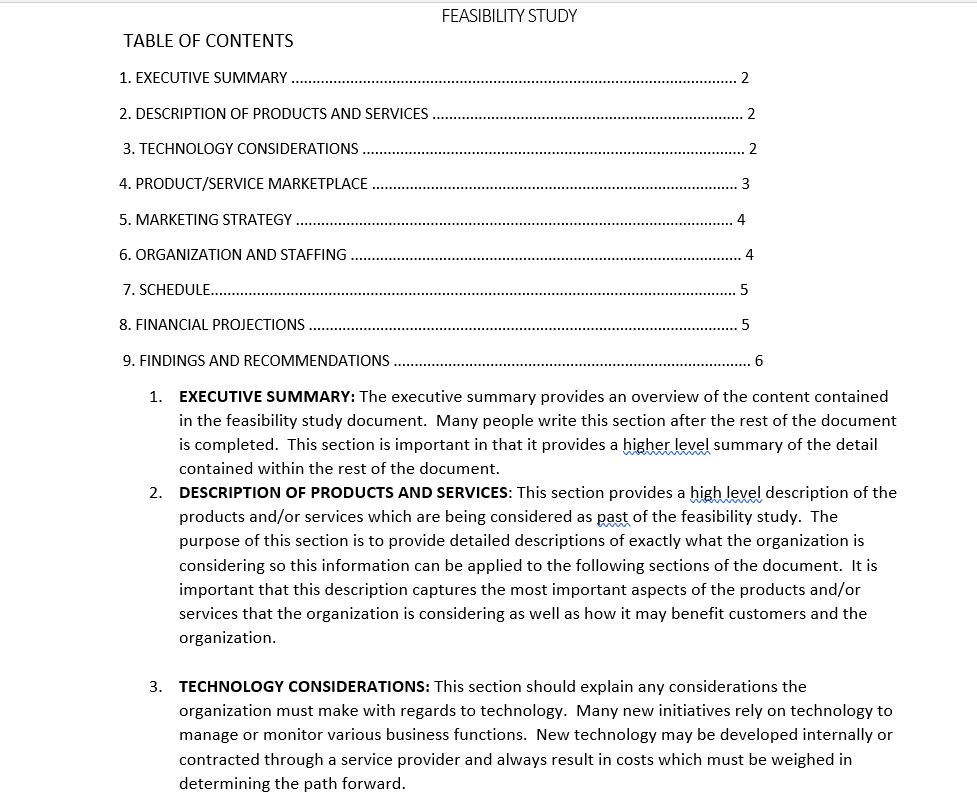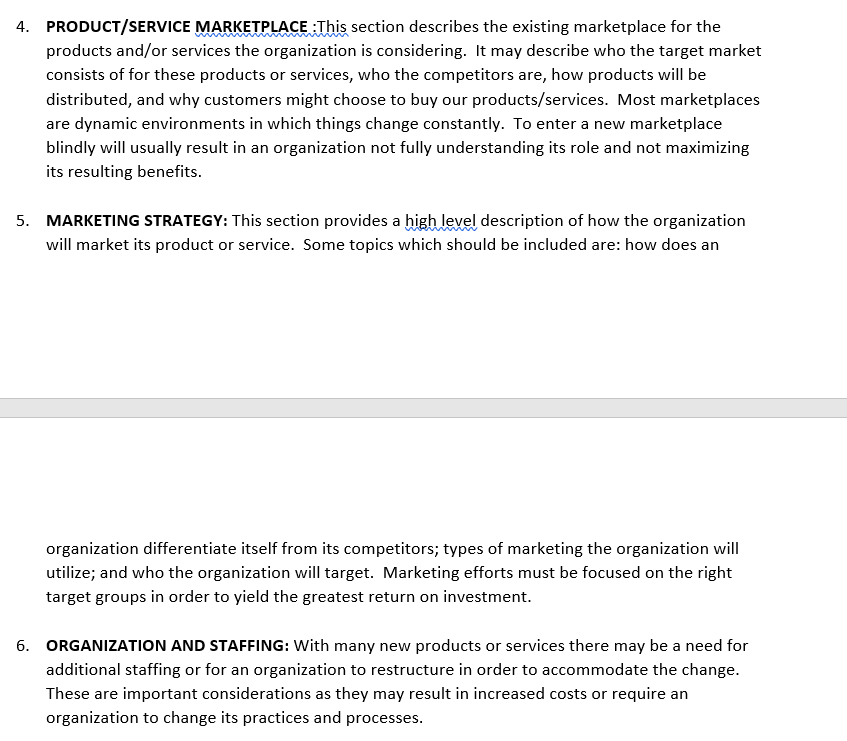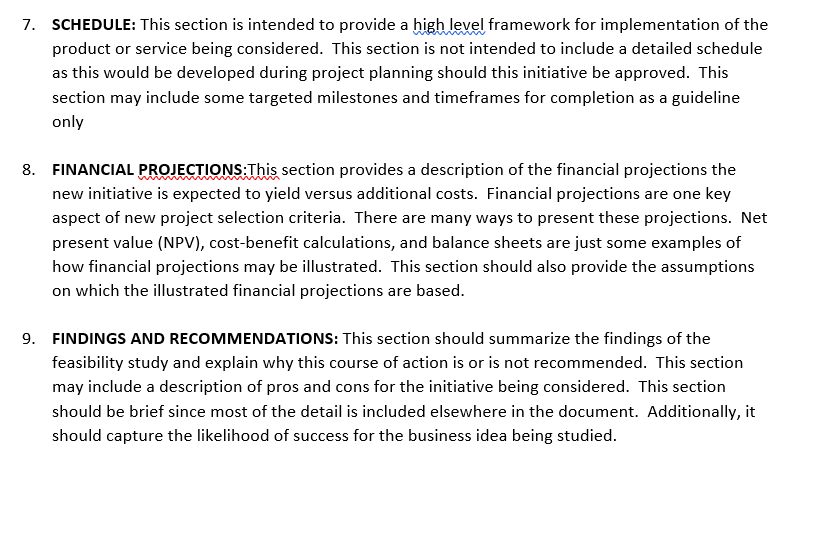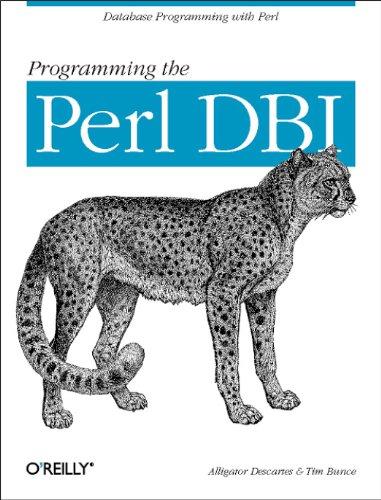Answered step by step
Verified Expert Solution
Question
1 Approved Answer
i want a feasibility study for hotel management system .use the above templete and write down the feasibility study for hotel management system FEASIBILITY STUDY



i want a feasibility study for hotel management system .use the above templete and write down the feasibility study for hotel management system
FEASIBILITY STUDY TABLE OF CONTENTS 1. EXECUTIVE SUMMARY 2 2. DESCRIPTION OF PRODUCTS AND SERVICES 2 3. TECHNOLOGY CONSIDERATIONS 2 4. PRODUCT/SERVICE MARKETPLACE 3 5. MARKETING STRATEGY 4 6. ORGANIZATION AND STAFFING 4 7. SCHEDULE. 8. FINANCIAL PROJECTIONS 5 9. FINDINGS AND RECOMMENDATIONS 6 1. EXECUTIVE SUMMARY: The executive summary provides an overview of the content contained in the feasibility study document. Many people write this section after the rest of the document is completed. This section is important in that it provides a higher level summary of the detail contained within the rest of the document. 2. DESCRIPTION OF PRODUCTS AND SERVICES: This section provides a high level description of the products and/or services which are being considered as past of the feasibility study. The purpose of this section is to provide detailed descriptions of exactly what the organization is considering so this information can be applied to the following sections of the document. It is important that this description captures the most important aspects of the products and/or services that the organization is considering as well as how it may benefit customers and the organization. 3. TECHNOLOGY CONSIDERATIONS: This section should explain any considerations the organization must make with regards to technology. Many new initiatives rely on technology to manage or monitor various business functions. New technology may be developed internally or contracted through a service provider and always result in costs which must be weighed in determining the path forward. 4. PRODUCT/SERVICE MARKETPLACE.:This section describes the existing marketplace for the products and/or services the organization is considering. It may describe who the target market consists of for these products or services, who the competitors are, how products will be distributed, and why customers might choose to buy our products/services. Most marketplaces are dynamic environments in which things change constantly. To enter a new marketplace blindly will usually result in an organization not fully understanding its role and not maximizing its resulting benefits. 5. MARKETING STRATEGY: This section provides a high level description of how the organization will market its product or service. Some topics which should be included are: how does an organization differentiate itself from its competitors; types of marketing the organization will utilize; and who the organization will target. Marketing efforts must be focused on the right target groups in order to yield the greatest return on investment. 6. ORGANIZATION AND STAFFING: With many new products or services there may be a need for additional staffing or for an organization to restructure in order to accommodate the change. These are important considerations as they may result in increased costs or require an organization to change its practices and processes. 7. SCHEDULE: This section is intended to provide a high level framework for implementation of the product or service being considered. This section is not intended to include a detailed schedule as this would be developed during project planning should this initiative be approved. This section may include some targeted milestones and timeframes for completion as a guideline only 8. FINANCIAL PROJECTIONS:This section provides a description of the financial projections the new initiative is expected to yield versus additional costs. Financial projections are one key aspect of new project selection criteria. There are many ways to present these projections. Net present value (NPV), cost-benefit calculations, and balance sheets are just some examples of how financial projections may be illustrated. This section should also provide the assumptions on which the illustrated financial projections are based. 9. FINDINGS AND RECOMMENDATIONS: This section should summarize the findings of the feasibility study and explain why this course of action is or is not recommended. This section may include a description of pros and cons for the initiative being considered. This section should be brief since most of the detail is included elsewhere in the document. Additionally, it should capture the likelihood of success for the business idea being studiedStep by Step Solution
There are 3 Steps involved in it
Step: 1

Get Instant Access to Expert-Tailored Solutions
See step-by-step solutions with expert insights and AI powered tools for academic success
Step: 2

Step: 3

Ace Your Homework with AI
Get the answers you need in no time with our AI-driven, step-by-step assistance
Get Started


